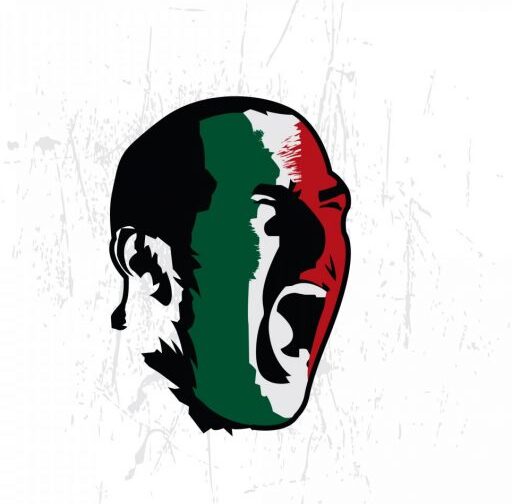Ask anyone of any age who the greatest footballer of all time is and chances are the name Diego Armando Maradona will crop up quite frequently.
Born on October 30, 1960, his breathtaking abilities with a ball at his feet were evident at an early age when he would weave his way around his Buenos Aires neighbourhood, running rings around boys much older than he was.
He is revered by so many, but there is perhaps no greater love and affection for him than is evident in both his homeland and in a southern Italian city where he won the hearts of the footballing public between 1984 and 1992.
It was that period of El Pibe d’Oro’s career which took place at the Stadio San Paolo with Napoli that was his most successful, when he was at the peak of his powers and when nobody else on the planet came close to him with a ball at his feet.
Maradona arrived in Naples by helicopter on July 5, 1984, with 75,000 turning out to welcome him and Diego ‘decoys’ even being utilised in order to throw thousands of frantic fans and reporters off his route, such was the early enthusiasm surrounding his arrival.
What he brought with him was some of the greatest talent the game has ever known and a fiery underdog spirit that immediately endeared him to the people of Naples for he was ‘their’ man, their hero to lead them in the battle against the established powers of the north who had long looked down on them.
Before his arrival, they had never won a Scudetto, nor a European trophy and the only major trophies they had to remember were two Coppa Italia titles, although all that changed after the Campania club broke the world record transfer fee for him.

By the time he was finished wowing Italian audiences with his effortless yet devastating dribbling, magical trickery and goalscoring prowess, the Partenopei had celebrated two Italian championships, another Coppa Italia, a Supercoppa Italiana and a UEFA Cup.
If that isn’t proof of just how good he was then not much else is. No one player single-handedly wins any trophy in football but when it comes to Maradona in Naples, it is about as close as it gets as he dragged them from the doldrums to unprecedented heights.
It was a time in Italian football when tackling was tough and catenaccio prevailed, therefore not an easy time to be a talented attacker – making Maradona a target for some rough treatment but he simply rolled his socks up and got on with things.
In his first season, Maradona scored eight times in a mid-table finish, which improved to a title challenge the following campaign as he scored 11 times and then netted 14 the following campaign in 1987 as he finally led Napoli to the promised land of Italian champions.
Further success followed after that initial triumph, all spearheaded by the man who was nicknamed ‘God’ and ‘King’ in the city who took to him and loved him like one of their own.

Maradona-fever at the foot of Vesuvio ran rampant throughout his time there. Songs were composed in his honour, murals painted around the city’s narrow, winding streets, pizzas created named after him, t-shirts, hats and all manner of merchandise bearing his likeness were sold.
“If people [street-sellers] can use my image to help the city of Naples, then I am very happy to help those businesses survive,” he once said.
It didn’t end there, either. Thousands of ballots for Neapolitan mayoral elections were spoiled when fans chose to write in a new candidate in the form of the Azzurri’s No. 10.
Newborn babies bearing the name Diego increased massively and such was the love the city had for their favourite son at that time, they even chose (at Maradona’s request) to cheer on Argentina in Naples against their own native Italy during a 1990 World Cup game.
So many of his teammates and opponents alike at that time city Maradona as the best they ever faced or played with and even when things started to sour somewhat towards the end due to ill-discipline thanks to his hectic private lifestyle which involved a lot of partying and drug use, he was still the leader to so many.

He finally departed Napoli in 1992 to return to Spain, joining Sevilla and left as the club’s top goalscorer of all time (until the record was later broken) and leaving behind a legacy at one club that few could ever match in such a short space of time.
His famed No. 10 went on to be retired after a Napoli career that ended on 259 appearances and 115 goals.
For one of the greatest, if not the best, players ever to lace up a pair of boots, fans of calcio and Napoli in particular can long cherish the memories he left in producing his best moments of magic in the peninsula.


